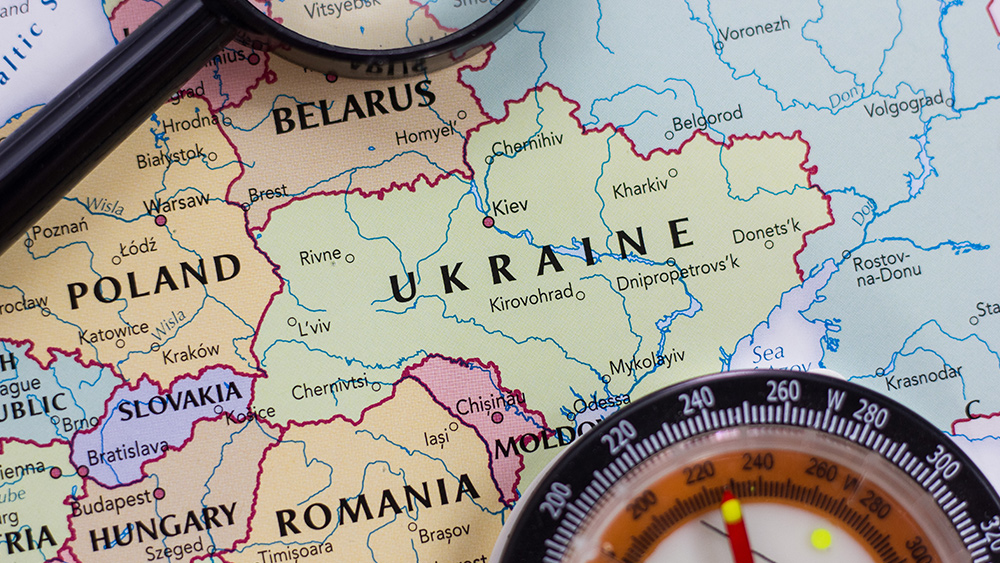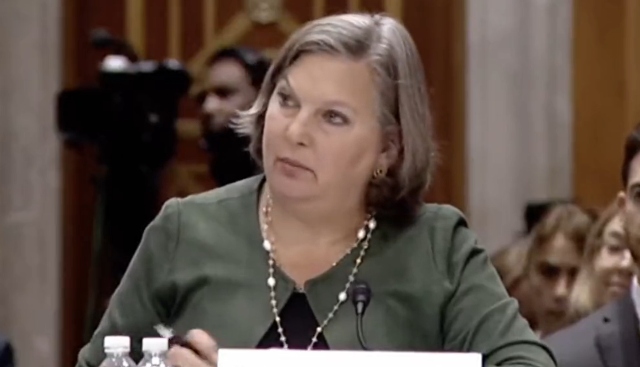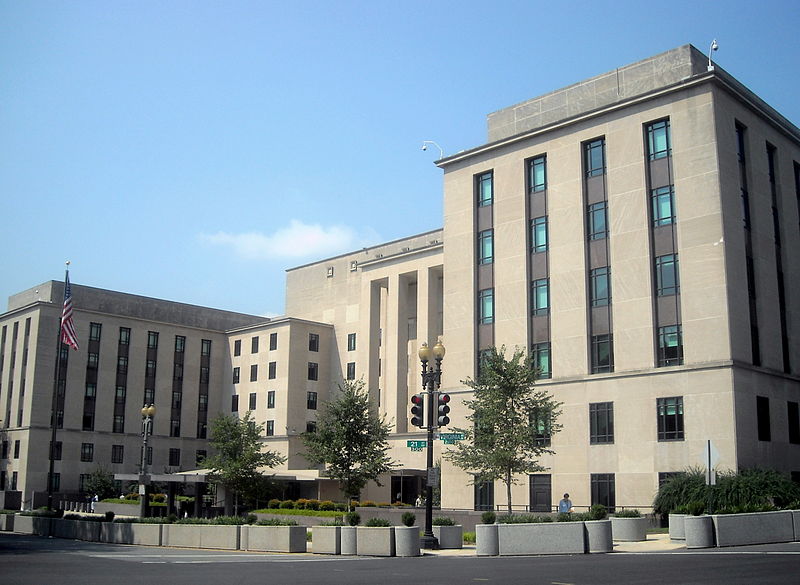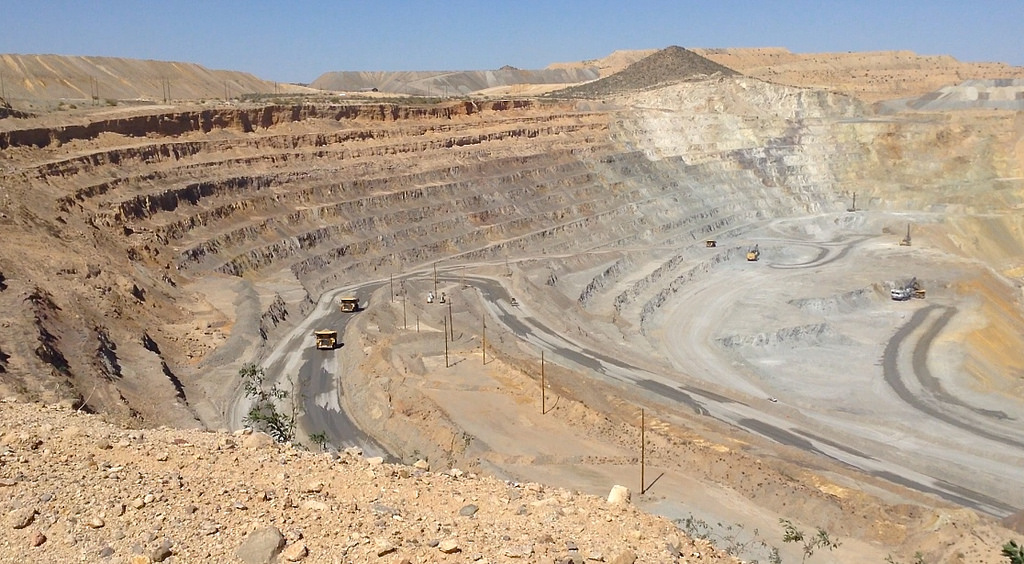Top commodities trader warns world is headed for food wars
By isabelle // 2024-06-28
Tweet
Share
Copy

A prominent commodities trader is warning that the planet is headed on a path toward food wars amid protectionist policies and rising inflation, and food supply and security are becoming increasing concerns around the world.
Sunny Verghese, the CEO of Singapore agricultural trading house Olam Agri, believes that geopolitical tensions and other factors will spur conflicts over access to dwindling food supplies.
“We have fought many wars over oil. We will fight bigger wars over food and water,” he cautioned.
Food prices began to climb during the pandemic and then surged again when the Russia-Ukraine conflict kicked off, and the situation is expected to get worse.
Verghese also pointed to the recent trend of governments imposing trade barriers as they try to protect domestic food stocks. This is making food inflation worse, setting off even bigger food security concerns.
According to Verghese, more than 1,200 non-tariff trade barriers were put in place in 2022 in response to the conflict between Ukraine and Russia, creating what he termed “an exaggerated demand-supply imbalance.” In his opinion, governments engaging in this behavior deserve much of the blame.
One protectionist policy Verghese singled out was Indonesia’s 2022 ban on palm oil exports, which was aimed at protecting the local market. Similarly, India put export restrictions in place last year on some varieties of rice.
In addition, with wealthier nations building up surpluses of certain strategic commodities, the demand and prices for these commodities are growing accordingly.
“India, China, everybody has got buffer stocks,” he noted. “That is only exacerbating the global problem.”
Shortages, food inflation and hunger around the world
There are other signs that food and water shortages could be around the corner. For example, a recent report from Moody’s examining environmental risks to the economy of India found that rising water shortages could have a big effect on their farm and industry sectors, and the accompanying rise in food inflation and dropping income levels could lead to social unrest. These shortages are stemming from the country’s quick economic growth, industrialization and urbanization. A heat wave this month added further pressure to water supplies while pushing prices of staples such as potatoes, onions and tomatoes up. In the U.S., grocery prices rose 1.2% in April, demonstrating that food inflation is here to stay. Some categories that saw particularly big jumps included butter, which went up 4.3%; flour, which rose 3.2%; and breakfast cereal, which rose by 3.1%. The impact of food inflation in the U.S. in recent years was demonstrated by a recent report by the Wall Street Journal, which showed just how much food $100 will buy American consumers at the supermarket after five years of inflation. The same groceries that cost $100.30 in 2019 now cost $136.89. While this would equate to an extra $147 per month for a shopper buying the list used in the example on a weekly basis, most American families have a far bigger grocery bill each month and are grappling with a more dramatic increase. Other parts of the world are facing much more serious food problems. One obvious example is Gaza, where at least half a million Palestinians are dealing with “catastrophic food insecurity,” according to the UN’s hunger monitoring system, with many people at risk of acute malnutrition, starvation and death. In Sudan, meanwhile, the UN reports that more than 750,000 people are currently experiencing a catastrophic degree of food insecurity and nearly 26 million are at a crisis level of hunger. Rising geopolitical tensions, protectionist policies, weather events and growing inflation are setting the stage for a significant food crisis that will lead to more civil unrest – and an even bigger problem for the world’s food supply and global food security. Sources for this article include: RT.com Planet.OutlookIndia.com Finance.Yahoo.com WSJ.com AlJazeera.comTweet
Share
Copy
Tagged Under:
World War III national security food collapse hunger starvation food supply famine food shortage big government panic food security chaos inflation rationing scarcity supply chain food scarcity global food security food riots food inflation world agriculture political tensions food wars
You Might Also Like
ARMED GUARDS now escorting delivery drivers in crime-ridden California
By Ramon Tomey // Share
The role of hatred in the upcoming election
By News Editors // Share
Recent News
U.S. revokes more than 100,000 visas under Trump's renewed immigration crackdown
By lauraharris // Share
U.S. regime change abroad: A century of intervention from Iran to Venezuela
By ramontomeydw // Share
University of Arizona study explores reprocessing historic mine tailings for critical minerals
By lauraharris // Share










